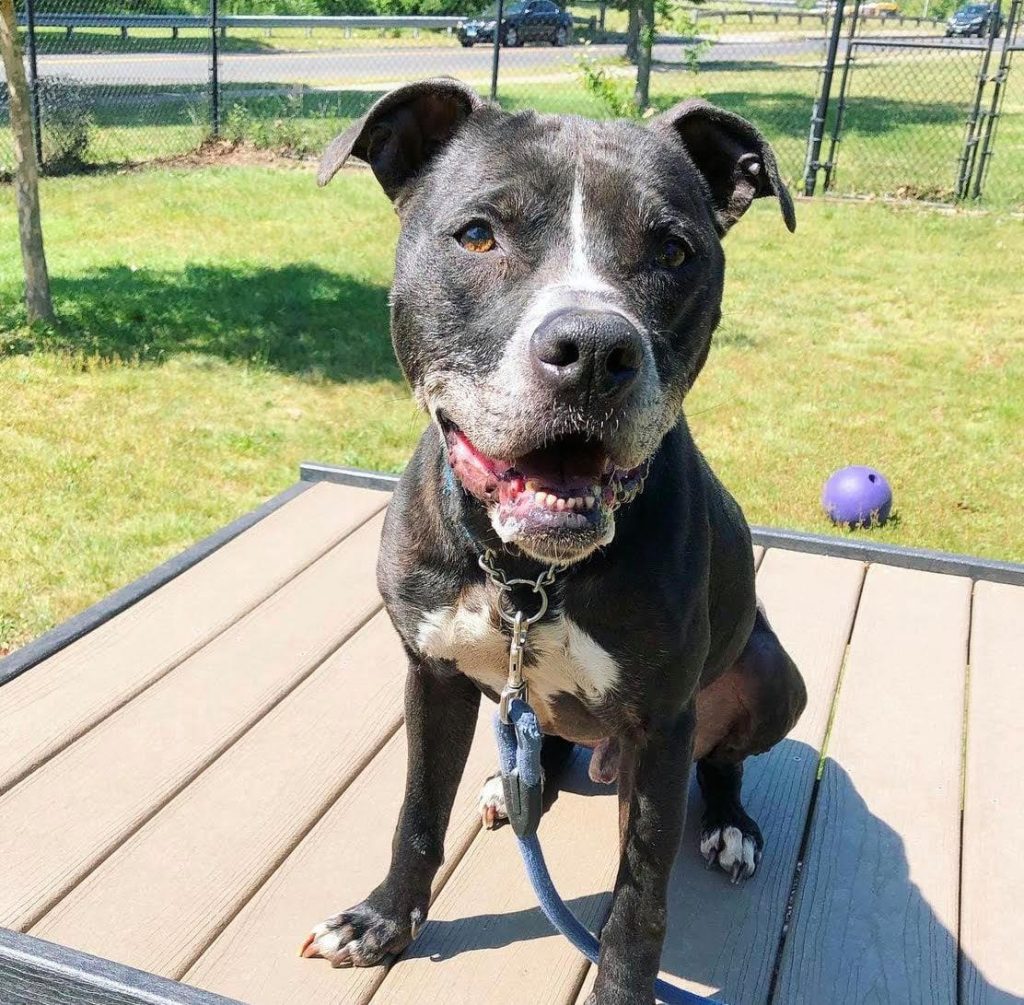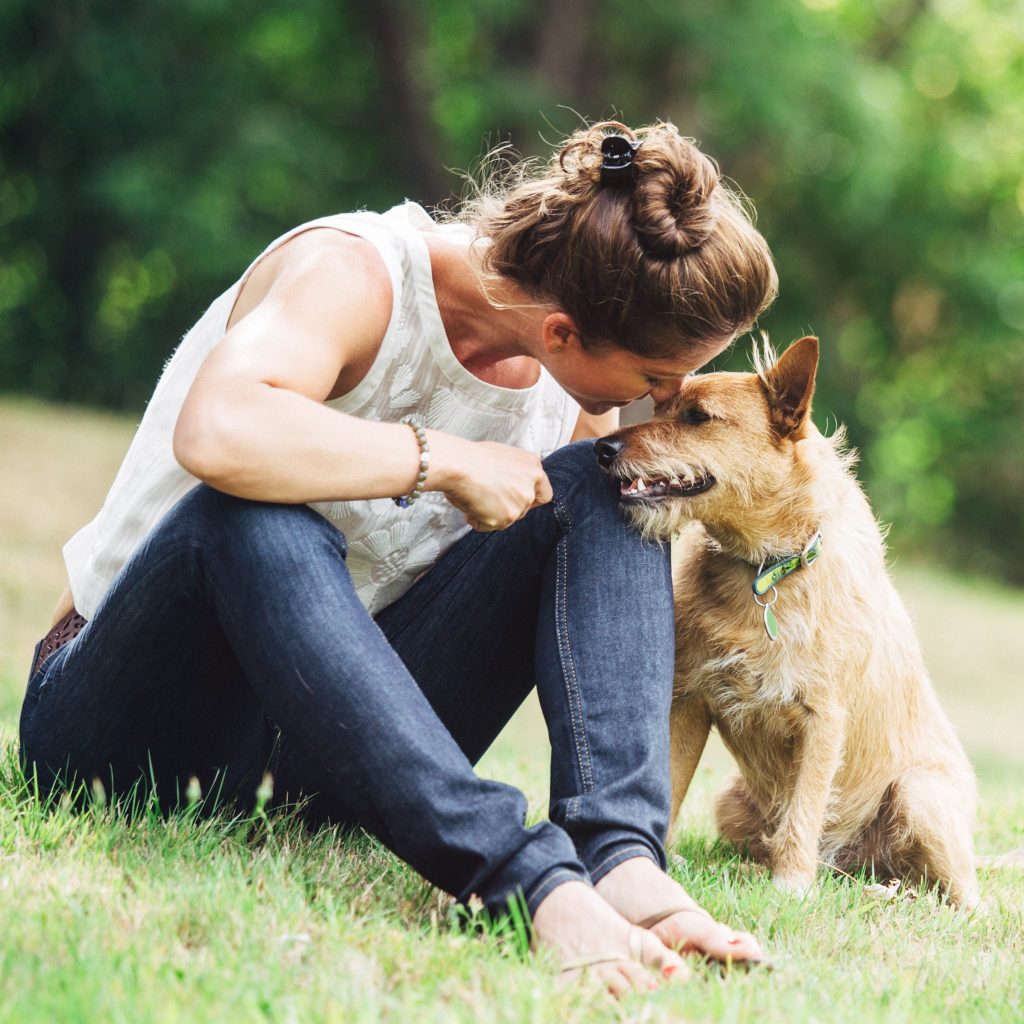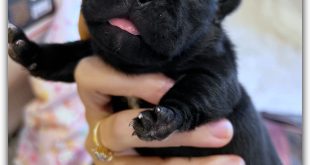If you are worry about How to Relieve Dog Period Cramps? so you are on the right plateform. Dogs, like humans, experience hormonal changes during their reproductive cycle, often referred to as a “heat” or “estrus” cycle.
Just like women can experience discomfort during their menstrual cycles, female dogs can also experience period cramps.
While not all dogs display obvious signs of discomfort, some might exhibit symptoms similar to cramps.
We’ll explore various aspects of dog period cramps and discuss natural remedies to help your furry friend feel more comfortable during this time.
Do Dogs Get Cramps from Period?
Yes, dogs can experience discomfort during their heat cycle, which is characterized by hormonal changes and the release of eggs.
While dogs don’t experience menstruation in the same way humans do, they can experience cramping and discomfort due to changes in their reproductive organs and hormones.
Can I Give My Dog Anything for Her Period?
Consulting your veterinarian is crucial before giving your dog any medication or supplements.
Some over-the-counter pain relievers that are safe for humans can be toxic to dogs. Never give your dog medication without professional guidance.
How Long Do Dog Periods Last?
A dog’s heat cycle typically lasts about three weeks, although the duration can vary from 1 to 4 weeks.
The cycle is divided into different phases, including proestrus (preparation), estrus (fertile phase), and diestrus (recovery phase).
Do Dogs Get Period Symptoms?
Yes, some dogs might exhibit symptoms during their heat cycle, including mood changes, increased urination, swollen vulva, and changes in behavior.
However, not all dogs show obvious signs of discomfort or cramping. So you can identify your female by symptoms.
Do Dogs Get Period Poops?
Some dogs might experience changes in their bowel habits during their heat cycle due to hormonal fluctuations.
However, these changes are usually temporary and shouldn’t cause significant concern. If you notice severe digestive issues, consult your veterinarian.
How to Stop Female Dog Period?
Unlike humans, dogs don’t have a menstrual cycle that can be stopped. Their heat cycle is a natural part of their reproductive system.
If you’re not planning to breed your dog, spaying (ovariohysterectomy) is a common option that eliminates heat cycles and associated discomfort.
Natural Remedies for Dog Cramps:
Warm Compress: Applying a warm compress to your dog’s abdomen can help relax muscles and alleviate cramps. Ensure the compress isn’t too hot to avoid burning your pet’s sensitive skin.
Gentle Massage: A gentle abdominal massage can help improve blood circulation and reduce muscle tension. Use circular motions with light pressure, and stop if your dog seems uncomfortable.
Herbal Supplements: Certain herbs like chamomile, ginger, and peppermint have anti-inflammatory properties that may provide relief. Consult your veterinarian before administering any herbal remedies to your dog.
Rest and Comfort: Create a cozy, quiet space for your dog to relax. Dogs often appreciate a warm and soft bed during their heat cycle.
Hydration and Balanced Diet: Ensuring your dog stays hydrated and providing a balanced diet can contribute to her overall comfort and well-being.
According to medical female dogs can experience period cramps and discomfort during their heat cycle. While not all dogs display these symptoms, understanding and addressing your dog’s needs during this time can make her more comfortable.
Natural remedies, rest, and attentive care can help your furry friend navigate her reproductive cycle with greater ease. Always consult your veterinarian for guidance and appropriate treatments to ensure your dog’s well-being.
Do female dogs smell when they go into heat?
Yes, female dogs do emit distinct smells when they go into heat. This scent is a result of the hormonal changes and pheromones that are released during their reproductive cycle. The purpose of this odor is to attract male dogs and signal that the female is in her fertile period.
During the estrus phase of the heat cycle, a female dog’s body produces a unique scent that can be detected by male dogs from a distance.
This scent is released through their urine and vaginal secretions. Female dogs in heat might also exhibit behavioral changes, such as increased vocalization, restlessness, and a strong desire to seek out male dogs.
While the odor might not be immediately noticeable to humans, male dogs have a keen sense of smell that allows them to detect these pheromones.
This is why female dogs in heat might attract more attention from male dogs, both in the household and when outdoors.
How do you know when dog heat is over?
A dog’s heat cycle, also known as estrus, goes through several distinct phases. The signs of the heat cycle ending can vary depending on the individual dog and the stage of the cycle they are in. Here’s a general overview of the stages and how you can determine when a dog’s heat is over:
1. Proestrus:
This is the initial phase of the heat cycle, characterized by a swollen vulva and bloody discharge. During this phase, female dogs are not receptive to mating. Proestrus typically lasts around 7 to 10 days.
2. Estrus:
This is the fertile phase of the heat cycle, during which the female dog is receptive to mating. The discharge may change from bloody to a straw-colored fluid. Female dogs often exhibit more friendly behavior and might actively seek out male dogs. Estrus usually lasts about 7 to 10 days but can vary.
3. Diestrus:
This is the final phase of the heat cycle, and it marks the period when the female is no longer receptive to mating. The discharge lessens and eventually stops. Diestrus can last around 10 to 14 days.
4. Anestrus:
This is the period of rest between heat cycles, where the dog’s reproductive system returns to its normal state. This phase can last several months.
Signs that the Heat Cycle is Over:
Behavioral Changes: As the heat cycle progresses through its phases, you’ll notice changes in your dog’s behavior. When the heat cycle is ending, your dog’s behavior might return to its normal patterns, becoming less interested in male dogs and less receptive to mating attempts.
Discharge: The bloody discharge that is present during proestrus and estrus should gradually decrease and become lighter in color as the heat cycle comes to an end.
Vulvar Swelling: The swelling of the vulva that occurred during proestrus and estrus should start to subside as the cycle concludes.
Decreased Attention from Male Dogs: During the fertile phase of estrus, male dogs are particularly interested in females in heat. As the heat cycle ends, you might notice that male dogs are less interested in approaching your female dog.
If you’re unsure about where your dog is in her heat cycle or if you have concerns about her reproductive health, it’s a good idea to consult your veterinarian.
Additionally, if you’re not planning to breed your dog, discussing spaying (ovariohysterectomy) with your veterinarian can help prevent future heat cycles and associated behaviors.




